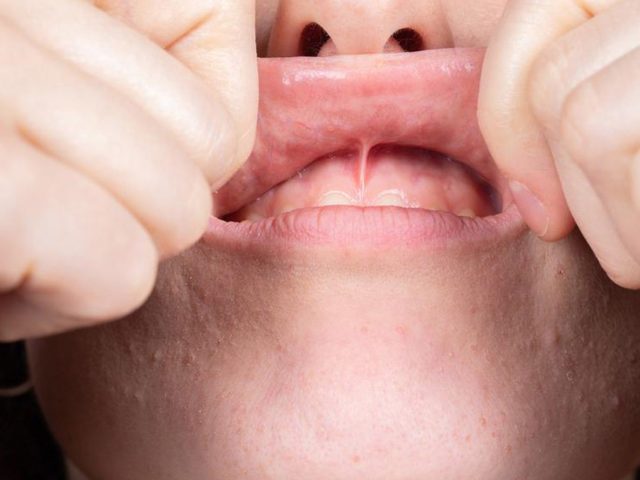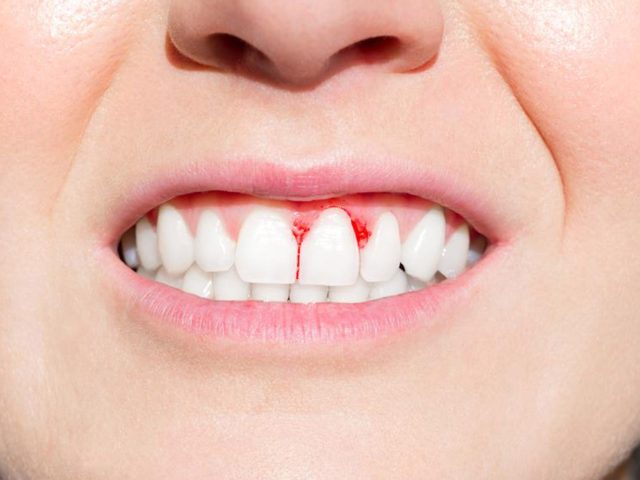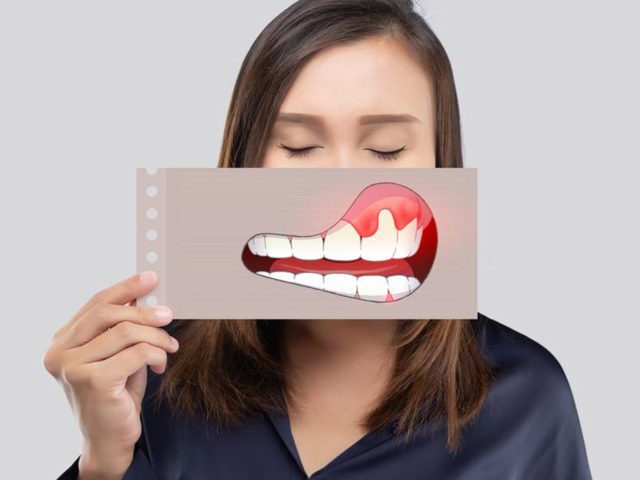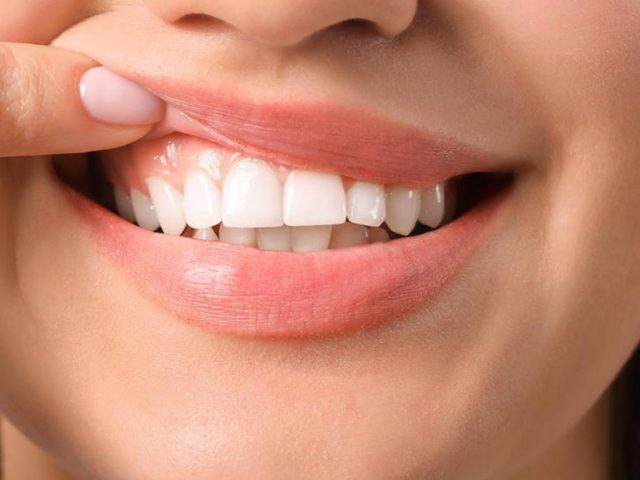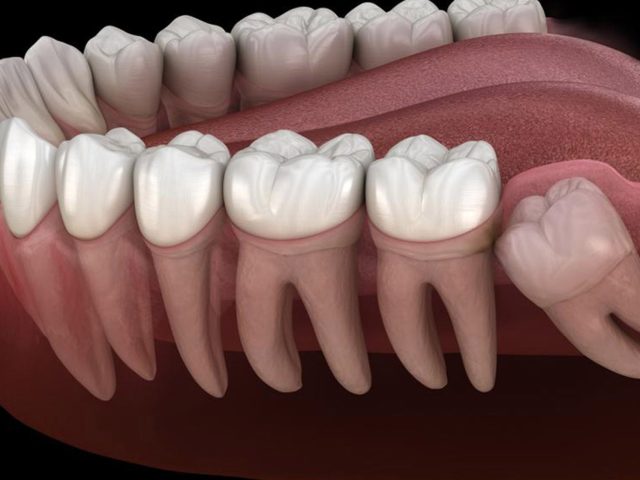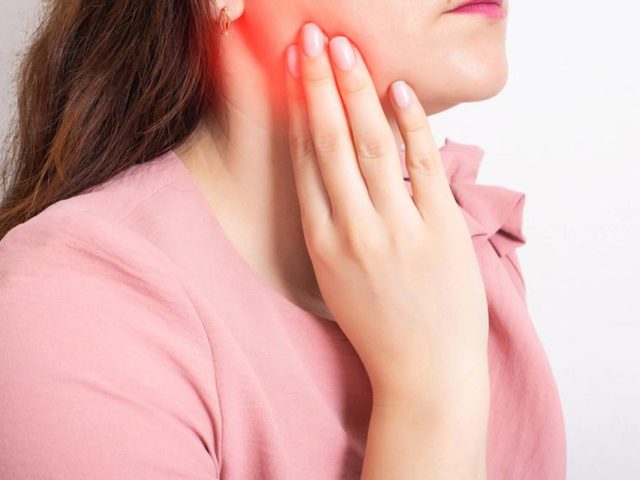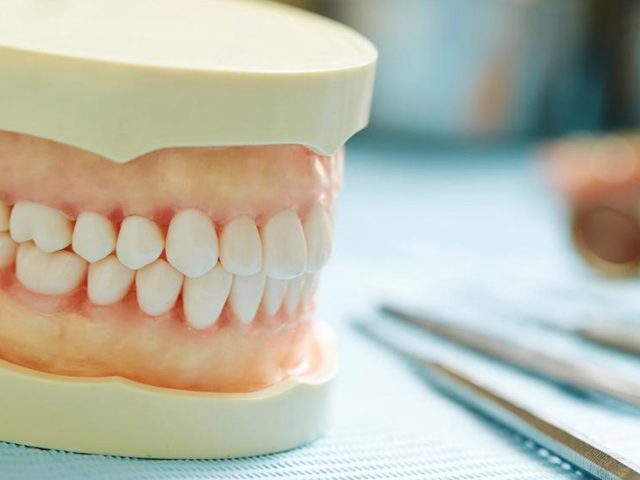

Full Dentures
Full dental prostheses can be used in cases where all teeth are lost due to osteoporosis, trauma, caries. These movable prostheses are applied to the lower and upper jaws by taking support from the tissue. This type of prosthesis also called a total dental prosthesis, also provides lip and cheek fullness. Thus, it allows the face to gain a younger appearance.
In Which Situations Do We Recommend Full Dentures?
We recommend total dentures in the following cases:
- The patient should not have any teeth in his mouth.
- The patient should not be allergic to the materials from which the prepared prosthesis is made.
- It is necessary to confirm that the jawbone is suitable for the prosthesis dimensions by looking at the jaw radiology. In such a case, excessive resorption of the jawbone should not be observed.
Our specialist dentists take X-rays of the patient’s face and jaw while applying full dental prostheses. After the X-ray, they take measurements from the patient’s mouth for the prosthesis. Our dentists determine the tooth color tone and the tooth alignment size for the prosthesis according to the measurements taken and the patient’s expectations. It transmits this information to the prosthesis laboratory. Our dentist tries the prepared dentures on the patient. Makes adjustments if deemed necessary. When the final arrangements are finished, the prosthetic tooth arrangement is completed.
Our patients who have total dental prostheses can use their new teeth comfortably on the same day. Our experienced dentists gain your satisfaction by having prepared durable and aesthetic prostheses.
Our Complete Dental Prosthesis Applications at Affordable Prices
It is necessary to clean the total dentures under a running tap with soap and a brush. You should not use toothpaste for these dentures. There are special brushes for total featured dentures. But it can be cleaned with a normal toothbrush. You should not clean these dentures with boiling water. When it is time to go to bed at night, the denture should be removed from the mouth. The total dental prosthesis should be protected in a special container until the morning.
Total dental prosthesis price is one of the most wondered subjects. Dental prostheses can have different prices according to the economic situation and needs of the people. The materials of the prosthesis will also affect the prices of the prosthesis. If you want to use high quality and comfortable dentures, it would be a good idea to make an appointment with our dentists. Our dentists, who are professionals in their field, will guide you most accurately. For full dental prosthesis prices and all your questions, you can contact our dentists without wasting time.



